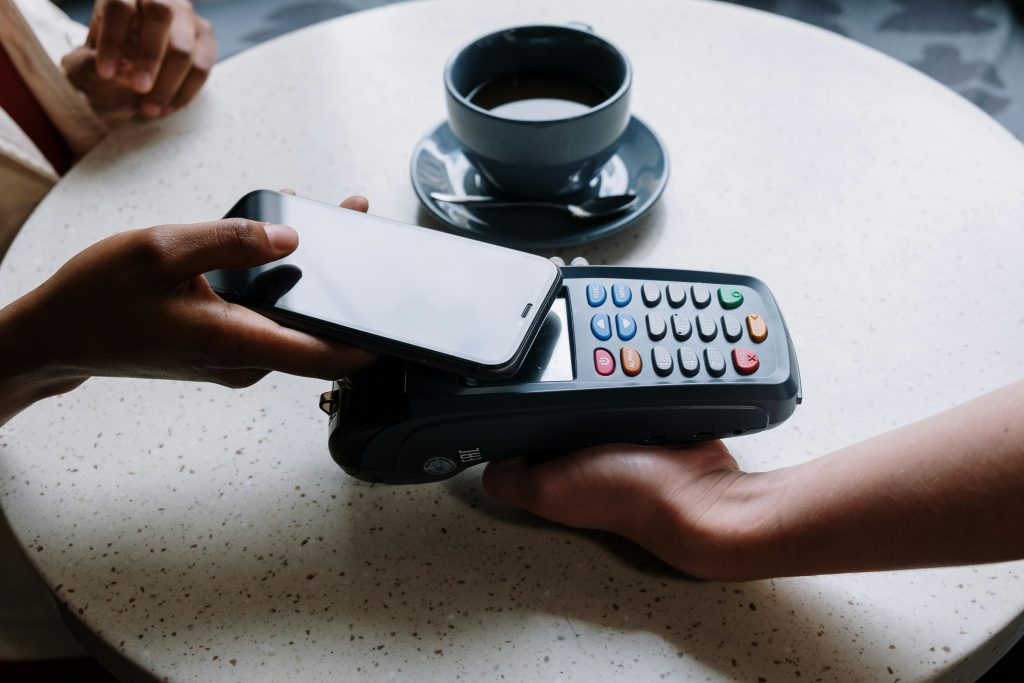Ever gone on vacation only to return and find that someone’s been swiping your credit card faster than a barista slinging lattes? Yeah, not fun. That sinking feeling hits hard because it isn’t just about lost money—it’s the hassle of unwinding fraud. But what if there was a way to catch theft before it spirals out of control?
Welcome to the life-saving power of Suspicious Activity Notifications. These alerts—whether from your bank or an app—are like your personal insurance detectives, keeping tabs so you don’t have to.
In this post, we’ll explore how these notifications can help protect against credit card theft, why they matter more today than ever, and how you can set them up for maximum peace of mind. You’ll also learn best practices and hear some brutal honesty (because let’s face it: not everything works perfectly). Stick around till the end—you won’t want to miss the nostalgic easter egg waiting for you!
Table of Contents
Key Takeaways
- Suspicious activity notifications act as proactive theft insurance.
- Setting up alerts is quick but requires ongoing management.
- Ignoring false positives could cost you big time in missed fraud signs.
- Combine technology with smart habits for comprehensive protection.
Why Suspicious Activity Alerts Matter More Than Ever

Let’s get real here—a few decades ago, thieves had to physically steal wallets. Today? They’re sitting at home hacking databases while sipping kombucha. According to recent stats, online fraud incidents rose by nearly 30% last year alone. It’s enough to make anyone paranoid.
I once ignored a text alert about “unusual login attempts” because I figured it was just tech being overly dramatic. Big mistake. Turns out someone tried accessing my account halfway across the globe. Thankfully, nothing major happened—but boy, did I feel stupid afterwards. Spoiler alert: The grumpy side of me still refuses to admit how close I came to disaster.
Step-by-Step Guide to Setting Up Notifications
Step 1: Check Your Bank App Settings
Most banks offer suspicious activity notifications through their apps. Head to your settings menu (often labeled “Security” or “Alerts”) and enable options related to purchases, logins, or location changes.
Step 2: Download a Third-Party Security App
If your bank offers basic alerts, consider upgrading with tools like Credit Karma or IdentityForce. These platforms monitor transactions and send instant warnings when anomalies pop up.
Step 3: Customize Alert Preferences
You don’t need every single notification under the sun. Tailor preferences to focus on high-priority alerts, such as international charges or large withdrawals.
Best Practices for Using Suspicious Activity Notifications
- Act Fast: Don’t shrug off even minor alerts. A single unrecognized charge might signal larger issues brewing.
- Verify Legitimacy: Some scams mimic legitimate fraud alerts. Always confirm via official channels before clicking any links.
- Review Monthly Statements: Even with alerts, review statements regularly. Automation isn’t foolproof.
- (BONUS Terrible Tip): Trust Every Notification Blindly – Seriously, don’t do this. False alarms happen often, especially during weekends or holidays.
Real-Life Scenarios Where Alerts Saved the Day
Here’s a classic case study: Sarah, a freelance graphic designer, received a push notification about an unfamiliar $2 purchase in another country. She reported it immediately, triggering her bank’s fraud investigation team. Turns out someone cloned her card details after she used it at a gas station. Moral of the story? Little red flags add up to big savings.
Frequently Asked Questions About Fraud Alerts
Do All Banks Offer Suspicious Activity Alerts?
Not all, but most reputable ones do. If yours doesn’t, it might be worth switching. *Grumble grumble.*
Can Alerts Prevent Identity Theft Too?
They’re a start, but pairing them with credit freezes adds extra layers of security. Chef’s kiss for paranoia levels!
What Happens If I Miss an Alert?
Panic sets in quickly. Jokes aside, contact your bank ASAP. Most institutions have zero-liability policies, but timeliness matters.
Conclusion
Suspicious activity notifications aren’t magic wands—they’re practical tools designed to keep you one step ahead of digital criminals. By setting them up correctly and staying vigilant, you can turn something as mundane as a text message into a lifeline against fraud.
So, next time you see that tiny buzz on your phone, remember—it could save you thousands. And hey, like finding an old Tamagotchi game buried in your closet, sometimes the simplest solutions are the most effective.


